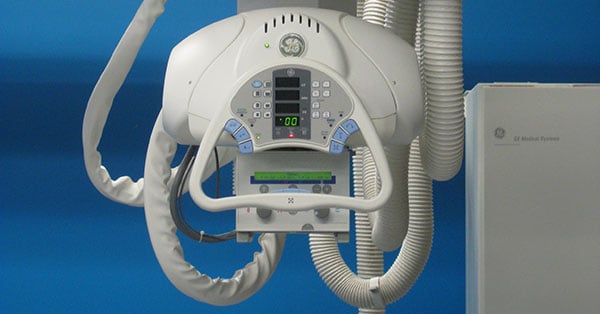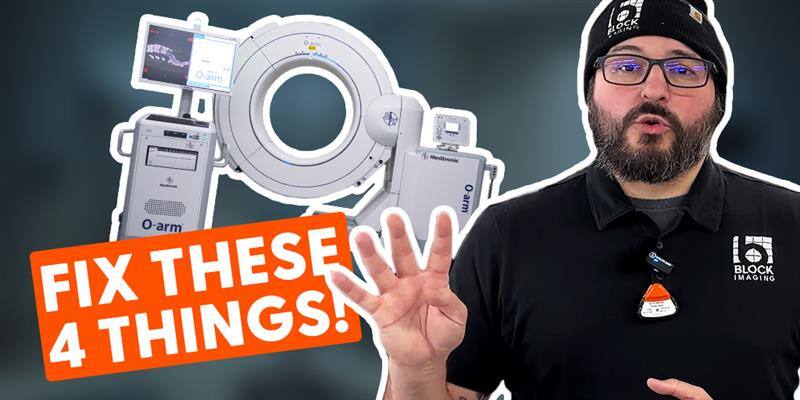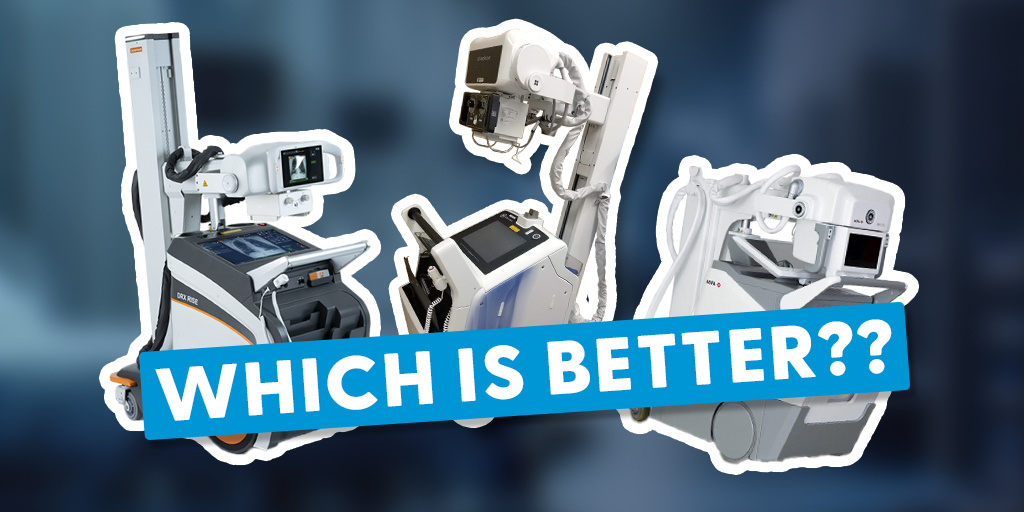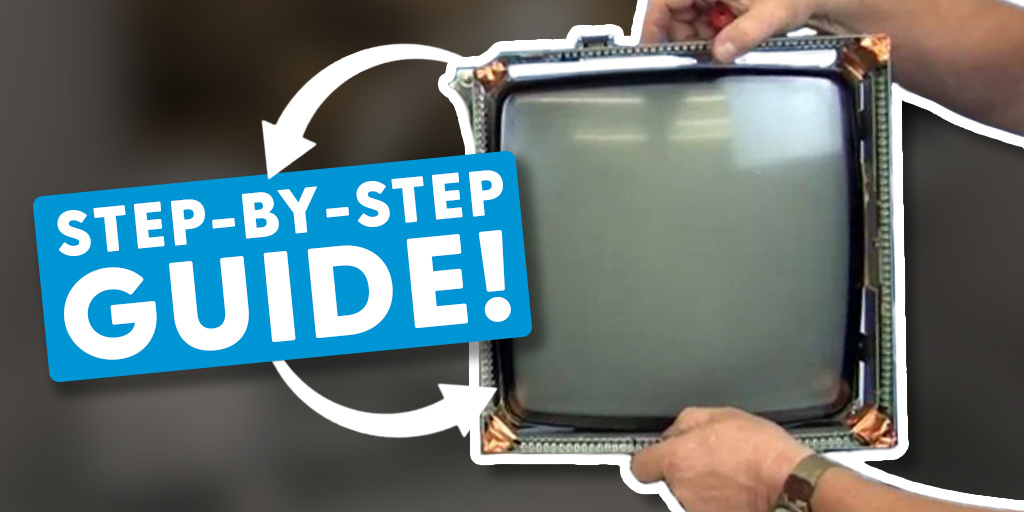Almost daily, someone asks us: "Do I need to put lead-lined walls around my imaging system?"
We're asked about rad rooms, mammography, C-arms- any modality that produces X-rays. The answer isn't as clear as most of us would prefer and depends heavily on three main factors. We'll share those factors below as well as a helpful tool to help you learn more.
State Lead Shielding Laws Vary
Although it would be simpler for radiation shielding regulations to be consistent from state to state, the fact remains: each state has unique laws surrounding lead shielding. Some require no lead lining. Others require varying thickness based on the type of radiology system in use
Not only are the laws unique, there is also no uniformity among the names of the agencies that enforce. Some states house their radiology health division within the Department of Health, others have created separate radiology departments, while still others link radiation safety with their environmental agencies. A quick search of your state’s official website should lead to a phone number to call or another, more direct web portal to the applicable agency or sub-agency. To help, you can download the list we've compiled of Radiological and Health Department Links by State to direct your search.
Placement Matters
Once you have verified whether or not your state requires lead lining, the next factor in determining what type and/or thickness your system needs is the placement of the system in relation to human exposure. Many states have strict laws if the system is used in a room that backs up to a waiting room, versus an outside wall or a storage closet. As one could guess, the more public exposure, the more likely lead lining will be required. A call to the overseeing department in your state can answer your questions.
Get more C-arm placement info with room size recommendations
Procedures Count
The type of procedures you will be performing is the final determining factor. Some states have exemptions for fluoroscopy-based equipment based on the routine position of the X-ray source. For example, if your work has your C-arm always facing down toward the floor, you may be covered if your state offers exemptions. If that same C-arm is used in a variety of positions, however, emitting beams on multiple walls, a different set of rules may apply.
The Takeaway
The quickest way to answer your questions is to look up your state's radiological, health, or environmental quality department and make a phone call. For contact pages from all 50 states, download the list of radiological and health department links here. We have found most of these agencies helpful and willing to point you in the right direction.
Of course, Block Imaging is also here to help you navigate the regulatory requirements for any piece of imaging equipment you purchase.

Clay Selby
Hello, I'm Clay, and I joined Block Imaging in 2021. I enjoy learning something new everyday about our industry and our customers. Block has an incredible work environment that fosters innovation and allows us to create unique solutions for our customers. Outside of work I love playing and watching sports, collect watches and drink craft coffee.






